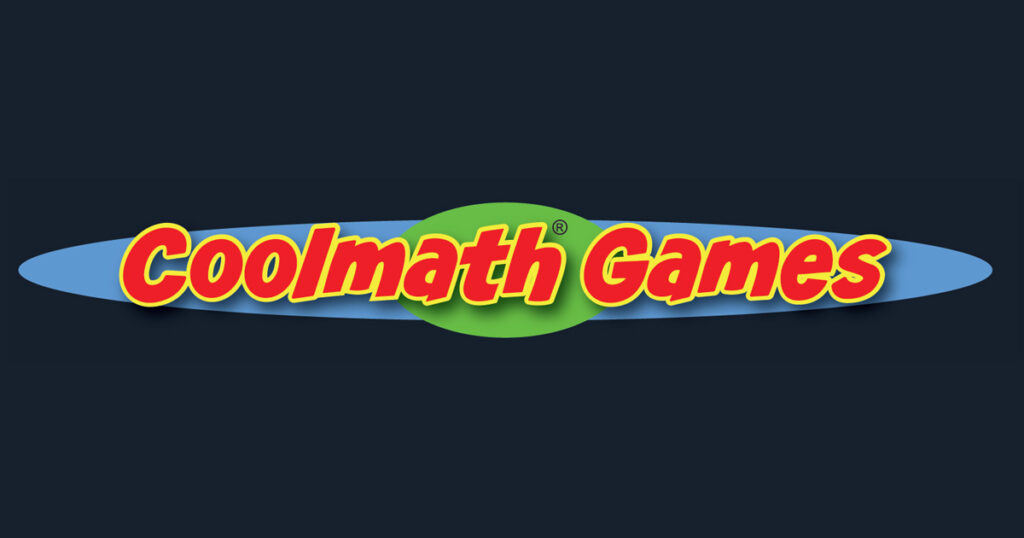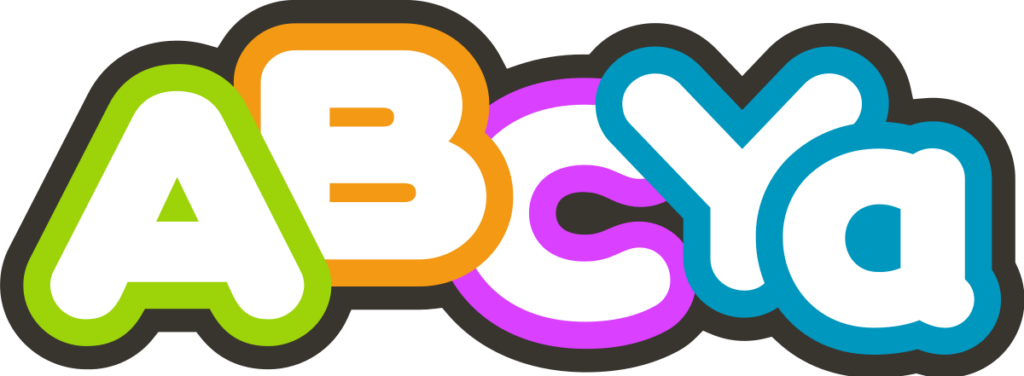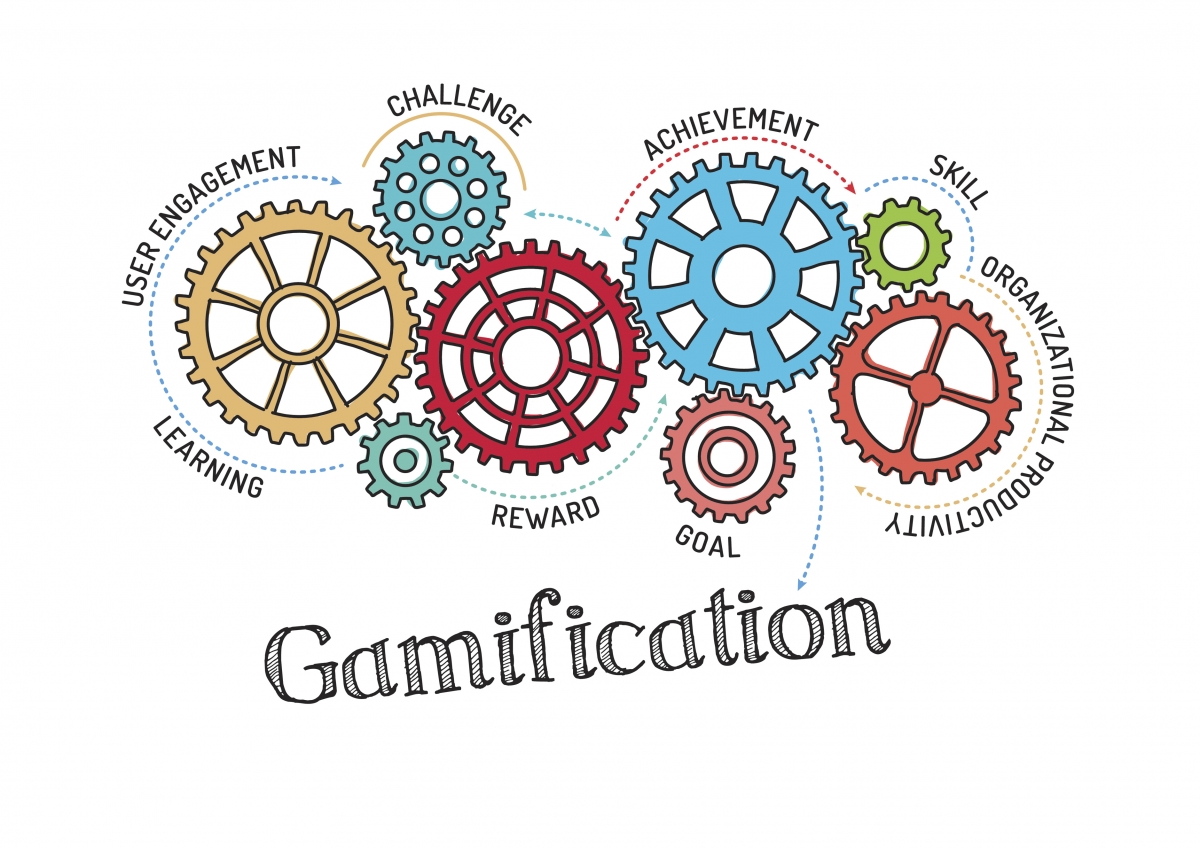This week in class we talked about Gamification! Gamification is also our topic for our Educational Technology Presentation, so this class was extremely valuable!
Gamification in education refers to the integration of game-like elements and principles into the learning process to enhance engagement, motivation, and learning outcomes. By leveraging elements such as points, badges, leaderboards, challenges, and rewards, educators aim to make learning more interactive, enjoyable, and effective.
How?
- One of the key benefits of gamification in education is its ability to increase student engagement. Games inherently capture attention and stimulate curiosity, motivating students to actively participate in learning activities. Through gamified experiences, students often find themselves more immersed in the learning process, leading to improved focus and retention of information.
- Gamification can foster a sense of accomplishment and progression. By earning points, unlocking achievements, or advancing through levels, students experience a sense of achievement and fulfillment, which reinforces their motivation to continue learning. This sense of progress can be particularly beneficial for tasks that might otherwise seem daunting or monotonous.
- Gamification encourages collaboration and healthy competition among students. Leaderboards and team-based challenges promote peer interaction and cooperation, fostering a sense of community within the classroom. This collaborative environment not only enhances social skills but also facilitates peer learning and support.
- Gamification allows for personalized learning experiences. Through adaptive game mechanics and feedback systems, educators can tailor learning activities to individual student needs and preferences. This personalized approach not only accommodates diverse learning styles but also promotes autonomy and self-directed learning.
It’s Important to Remember!
While gamification offers numerous benefits such as increased engagement and motivation, there are also potential drawbacks to consider. These include:
- The risk of fostering superficial engagement focused on rewards rather than genuine learning, the potential for unhealthy competition, and the challenge of designing and implementing effective gamified activities.
- Reliance on extrinsic rewards may hinder the development of intrinsic motivation, and gamification may inadvertently exclude or marginalize certain students.
- The risk of distraction if game elements overshadow the educational content.
Games!
PBS Kids is a huge, well-known platform for educational games. PBS Kids is a renowned educational media brand dedicated to providing high-quality, educational content for children across various platforms. With a mission to engage, inspire, and entertain young learners, PBS Kids offers a wide range of television programs, games, apps, and online resources designed to support early childhood education.

One of the key strengths of PBS Kids is its commitment to educational excellence. The brand collaborates with educators, child development experts, and content creators to ensure that its programs and resources are not only entertaining but also aligned with research-based learning objectives. Through engaging storytelling, colorful animation, and relatable characters, PBS Kids captures children’s imaginations while promoting critical skills such as literacy, numeracy, social-emotional development, and STEM (science, technology, engineering, and mathematics) concepts.
Along with most, there are concerns about using PBS Kids as an educational tool for students. PBS Kids’ digital games and apps, while educational, still involve screen time. Excessive screen time can have negative effects on children’s health and well-being, including increased sedentary behavior and potential risks to eye health. Therefore, parents and educators should monitor and limit children’s screen time to ensure a balanced lifestyle. Additionally, like any gamified educational platform, there’s a risk that children may engage with PBS Kids’ games and activities in a superficial manner, focusing more on earning points or rewards rather than on deepening their understanding of the concepts being taught.
We also talked about Minecraft as an educational tool! At its core, Minecraft encourages creativity and imagination. Players are free to build and modify their virtual environment using a variety of blocks and materials, allowing for the creation of intricate structures, landscapes, and even functioning mechanisms.

In educational settings, Minecraft has been used as a tool for teaching subjects such as mathematics, history, geography, and even programming. Through custom-made educational worlds and mods (modifications), educators can create immersive learning experiences that engage students in hands-on, interactive learning activities. Educators can use Minecraft to recreate historical settings or civilizations, allowing students to explore and interact with historical landmarks, artifacts, and cultures. Additionally, Minecraft can be a valuable tool for promoting literacy skills such as reading, writing, and storytelling. Educators can design storytelling challenges where students create narratives within the game, write descriptive passages about their creations, or collaborate on building a fictional world based on a literary text.
Here are a few more examples!



https://en.wikipedia.org/wiki/Gamification
